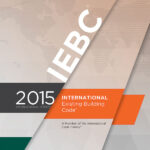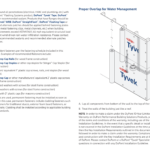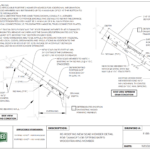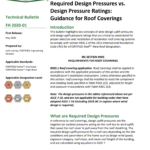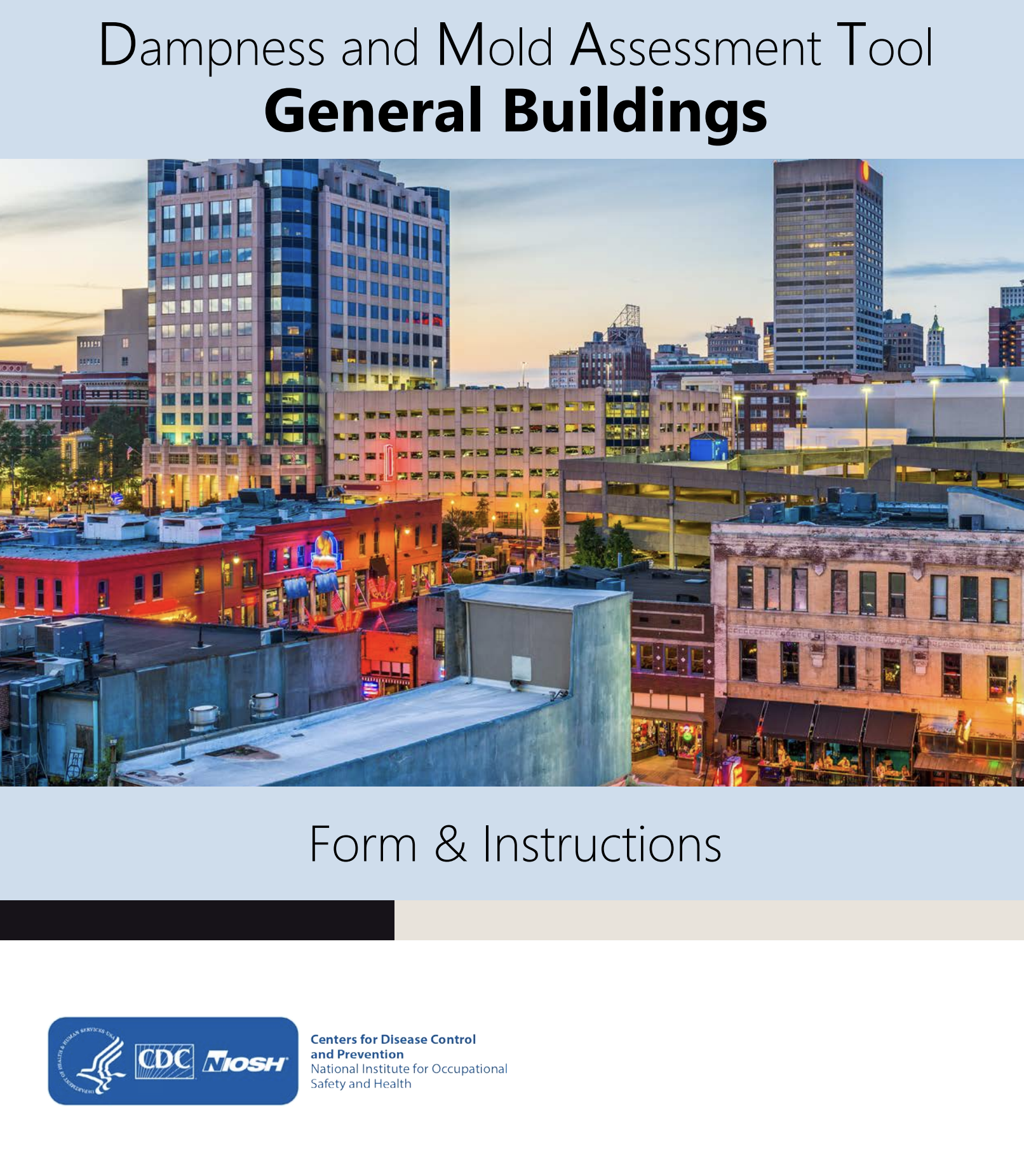The National Institute for Occupational Safety and Health (NIOSH), part of the Centers for Disease Control and Prevention (CDC), offers a comprehensive solution to address the growing concerns related to mold and dampness in buildings through its Dampness and Mold Assessment Tool. Designed for general buildings, this tool is a proactive measure to identify, assess, and mitigate issues related to moisture and mold, which can significantly impact the health of occupants. This blog explores the essence of the tool, its importance, and how it can be utilized effectively in Illinois to foster healthier indoor environments.
Background: The Health Impacts of Dampness and Mold
The correlation between damp buildings and health issues has been increasingly evident. Occupants of such buildings often report a range of health problems, from respiratory symptoms and asthma to allergic rhinitis and more serious conditions like hypersensitivity pneumonitis. Moisture not only facilitates mold growth but also attracts pests and can cause the release of volatile organic compounds. Given the complexity of exposures and the variability of individual sensitivity, addressing the sources of dampness has been identified as the most effective strategy to mitigate health risks.
The Dampness and Mold Assessment Tool: A Closer Look
NIOSH has developed this tool to aid in the assessment of dampness in buildings, thereby helping to prioritize areas for remediation. The tool includes a comprehensive form and detailed instructions that guide users through assessing each area of a building for signs of moisture and mold. It covers a wide range of components from ceilings and walls to HVAC systems, providing a systematic approach to identifying potential issues.
Using the Tool: Step-by-Step Guidance
The tool is structured to be user-friendly, with a step-by-step process that includes:
- General Building Information: Starting with basic details about the building and the specific area being assessed.
- Assessment Cycle: A cyclic process involving assessment, identification of moisture sources, repair, remediation, and regular reassessment to prevent new or worsening problems.
- Detailed Component Assessment: Each room or area’s components are meticulously checked for damage, stains, visible mold, and dampness, with findings recorded systematically.
- Scoring System: The tool employs a scoring system to quantify the extent of dampness or mold issues, helping prioritize remediation efforts based on the severity of findings.
- Special Notes and Instructions: Additional guidance is provided for uncertain cases, emphasizing the tool’s flexible approach to diverse building environments.
Key Elements and Instructions from the NIOSH Dampness and Mold Assessment Tool
- General Information:
- Fill in details such as the date of assessment, observer’s name, building reference, floor number, and room/area identification.
- Room/Area Type:
- Describe the type of room or area being assessed, ensuring titles are standardized for consistency across assessments.
- Mold Odor:
- Assess for mold odor upon entering each room, determining if the smell is mild, moderate, or strong, and identify the source if possible.
- Room Components:
- Check components found in the room, including ceiling, walls, floor, windows, furnishings, HVAC systems, supplies & materials, and pipes.
- Automatically checked for ceiling, walls, and floor due to their necessity in all areas.
- Nothing Found:
- Mark components where no damage, mold, or wetness is found, indicating a thorough inspection has been conducted.
- Assessing Damage and Scoring:
- Document any water-related damage, stains, visible mold, and wet or damp conditions for each room component.
- Use a scoring system based on the size of affected areas to help prioritize remediation efforts:
- 0 = No problem areas identified.
- 1 = Damage the size of a standard sheet of paper or smaller.
- 2 = Damage greater than a sheet of paper but less than the size of a standard interior door.
- 3 = Damage greater than the size of a standard interior door.
- Component & Assessment Notes:
- Provide detailed notes on the material or location affected and any common indicators of dampness observed.
- Special Notes:
- If unsure whether a condition is mold or another issue, score as 0 for Visible Mold and note in General Notes for further evaluation.
- Use photographs to document severe conditions for reference.
Importance for Illinois
Illinois, with its diverse climate, faces unique challenges in managing indoor air quality, making the NIOSH Dampness and Mold Assessment Tool particularly relevant. This tool offers a standardized approach for building owners, facilities managers, and health professionals across the state to tackle mold and moisture issues proactively. By identifying and addressing these concerns early, it is possible to avoid more significant health problems and structural damage, ultimately contributing to safer, healthier indoor environments.
Conclusion
The NIOSH Dampness and Mold Assessment Tool is a valuable resource for Illinois, providing a scientifically grounded, systematic approach to identifying and mitigating dampness and mold in buildings. Its comprehensive nature ensures that nothing is overlooked, promoting healthier indoor environments for all occupants. By utilizing this tool, stakeholders can take a significant step forward in public health prevention, ensuring that buildings are safe and conducive to well-being.
For immediate service or consultation, you may contact us at Allied Emergency Services, INC.
Contact Information:
- Phone: 1-800-792-0212
- Email: Info@AlliedEmergencyServices.com
- Location: Serving Illinois, Wisconsin, and Indiana with a focus on the greater Chicago area.
If you require immediate assistance or have specific questions, our human support is readily available to help you.
Disclaimer: This article is intended for informational purposes only. For professional advice, consult experts in the field.


